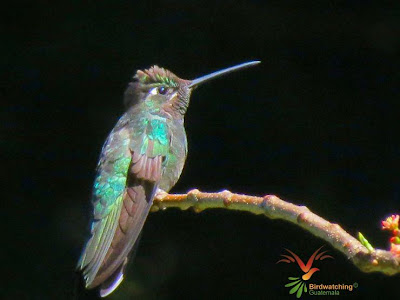A trip looking for motmot species

A trip looking for motmot species by L Some days ago I was traveling with some colleagues in the Guatemalan thorn forest and we had a lucky day. We got pictures from the Russet-crowned motmot (which was a lifer for one of us) and we got pictures of many cuculidae from the country and of course we got a good game of bird data to our research. Well, we started to dream the ideal schedule to watch all the motmot species in the country. There are nine motmot species and more of them are easy to watch in Guatemala. For those who are not familiarized with motmots they have the unique characteristic to develop a racket-like rectris feathers. This family can be watched only in America and they originated in Mesoamerica in some recent point no more than 30 million years. Turquoise-browed Motmot tail. All motmot tail feathers have different blue tones. Early in the 20 century there was scientific observations which wrongly lead to the conclusion that motmots work out in sha
